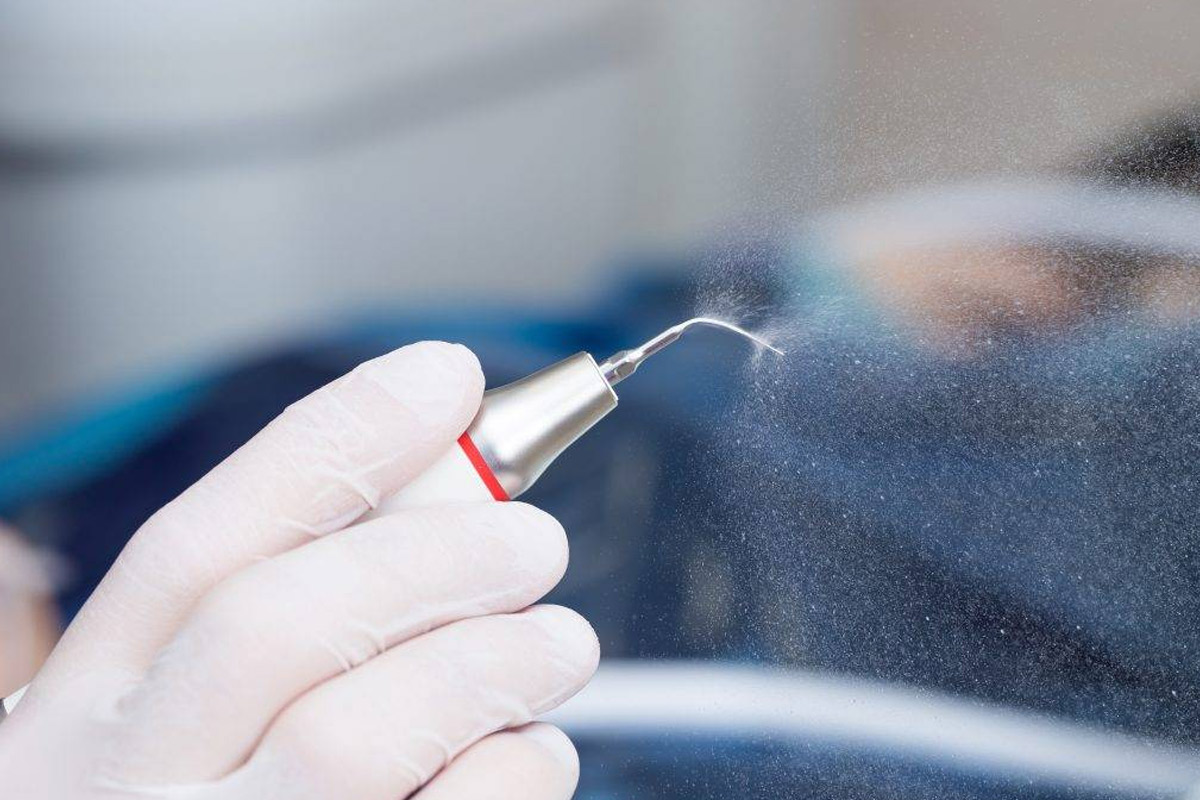Ultrasonic scaling
Ultrasonic scaling

Ultrasonic scaling, also known as ultrasonic cleaning, is a common dental procedure used to remove plaque and tartar buildup from the teeth and gums. It is typically performed by a dental hygienist or dentist using a handheld instrument called an ultrasonic scaler.
The ultrasonic scaler uses high-frequency vibrations to create small bubbles in a stream of water that is directed at the teeth and gums. As the bubbles burst, they create a gentle cleaning action that helps to remove plaque, tartar, and other debris from the teeth and gums.
Ultrasonic scaling, also known as ultrasonic cleaning, is a common dental procedure used to remove plaque and tartar buildup from the teeth and gums. It is typically performed by a dental hygienist or dentist using a handheld instrument called an ultrasonic scaler.
The ultrasonic scaler uses high-frequency vibrations to create small bubbles in a stream of water that is directed at the teeth and gums. As the bubbles burst, they create a gentle cleaning action that helps to remove plaque, tartar, and other debris from the teeth and gums.
Ultrasonic scaling is a more efficient and effective method of cleaning teeth compared to traditional scaling with hand-held instruments. It can reach areas of the mouth that are difficult to access with traditional tools and is less likely to cause discomfort or damage to the teeth and gums.
The procedure is typically painless and does not require any anesthesia. However, some patients may experience sensitivity or discomfort during or after the procedure, particularly if they have gum disease or other dental issues.
After the ultrasonic scaling procedure, the dentist or hygienist may polish the teeth to remove any remaining stains or debris and provide instructions for maintaining good oral hygiene at home.
Overall, ultrasonic scaling is an important part of maintaining good dental health and preventing gum disease and other dental problems. It is typically recommended as part of regular dental cleaning and checkup, which should be performed at least twice a year for most individuals.

